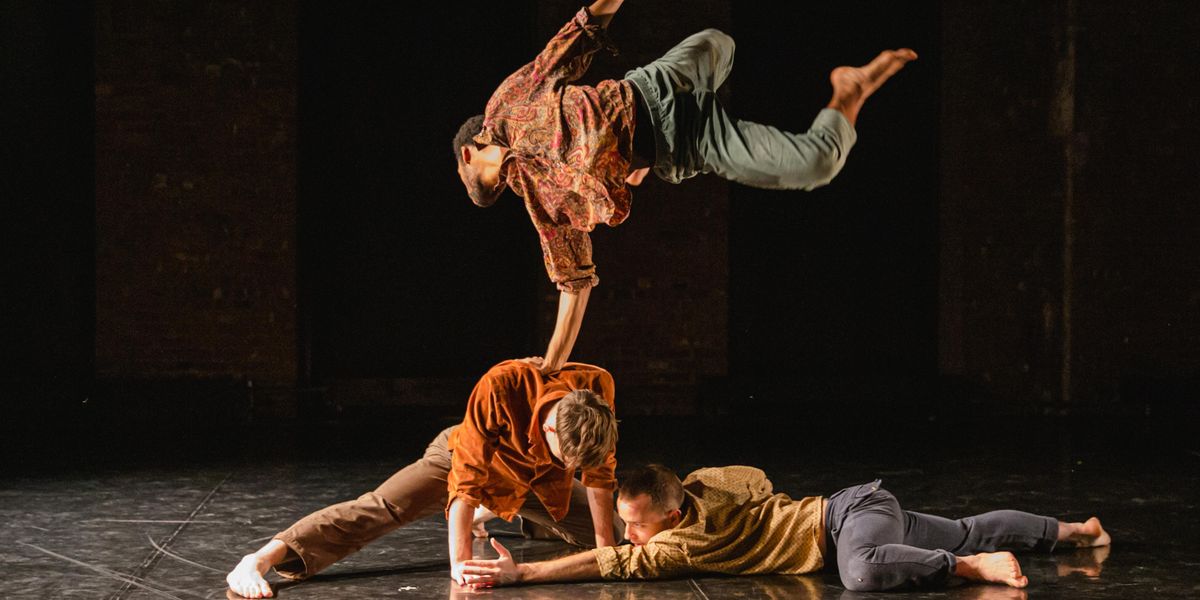How Northrop's Flexible Planning Strategy Has Steered Them Through an Unpredictable Season
According to survey data from the Association of Performing Arts Professionals, more than half of all performing artists have faced canceled gigs during the pandemic. But a somewhat surprising array of university presenters have found creative ways to honor contracts they inked with dance companies, helping the troupes create new work and reach larger audiences in the process. One notable example among those leading the way is Northrop at the University of Minnesota.
Northrop went into the 2020–21 season with plans to present intentionally flexible programming. Because Minnesota has laxer pandemic restrictions than coastal states, the venue prepared to present dance films, livestreams and performances for in-person audiences of up to 250 people, plus ancillary programming it had ready to go regardless of whether in-person events proved feasible. It’s a strategy Northrop director Kari Schloner calls “broken-crystal-ball planning.”
So far, it’s proved remarkably successful. In November, Gallim Dance virtually debuted BOAT, a Northrop-commissioned film of Andrea Miller’s 2015 work. The commission was director of programming Kristen Brogdon’s idea, Miller says, with an emphasis on creating dance for film, not filming a performance.
In December, Northrop hosted its virtual residency with Kinetic Light, co-presented with the Walker Arts Center. The weeklong partnership included a master class for students, a screening of movement films from the Walker’s collection, a panel on dance and accessibility, and the premiere of a film version of DESCENT, which brought in ticket buyers from 37 different states, as well as Greece, Ireland, Canada, France and Denmark.
Northrop hopes to replicate the success of that residency with Ronald K. Brown/EVIDENCE (February 15–19). Programming includes a free screening of Grace, Brown’s signature work, followed by a Q&A with the choreographer, as well as an online community class with EVIDENCE and a panel discussion. While the staff had hoped EVIDENCE and RUBBERBAND (postponed from February 5–7 to April 8) would be able to visit in person this month, online performance options were created from the get-go in the event that in-person performances proved unsafe. (All dance performances were officially moved online and/or postponed in January.)
The auditorium’s ambitious streaming projects are possible thanks, in part, to its partnership with the Walker—which has cultivated an audience for dance on film in the Twin Cities—and Northrop’s pre-pandemic efforts to livestream student matinees across Minnesota. “The work that we did set us up really well for all the unknowns of the time ahead,” says Schloner.
Northrop has also worked to support companies whose engagements were canceled last spring during the pandemic’s first wave. Like many other presenters, it asked subscribers to consider donating back the cost of their tickets. However, Northrop specified that the money would still be passed on to those companies as commissioning funds to create new works that, hopefully, will be performed when those companies return to Minnesota in the future. Dance Theatre of Harlem, for example, worked on its Northrop commission while in residence at Kaatsbaan Cultural Park over the summer.
“Many artists are still trying to figure out how to make work safely,” Brogdon says. “But just knowing that there’s some income for them—and knowing that there’s a project—has given them some purpose and some optimism.”




